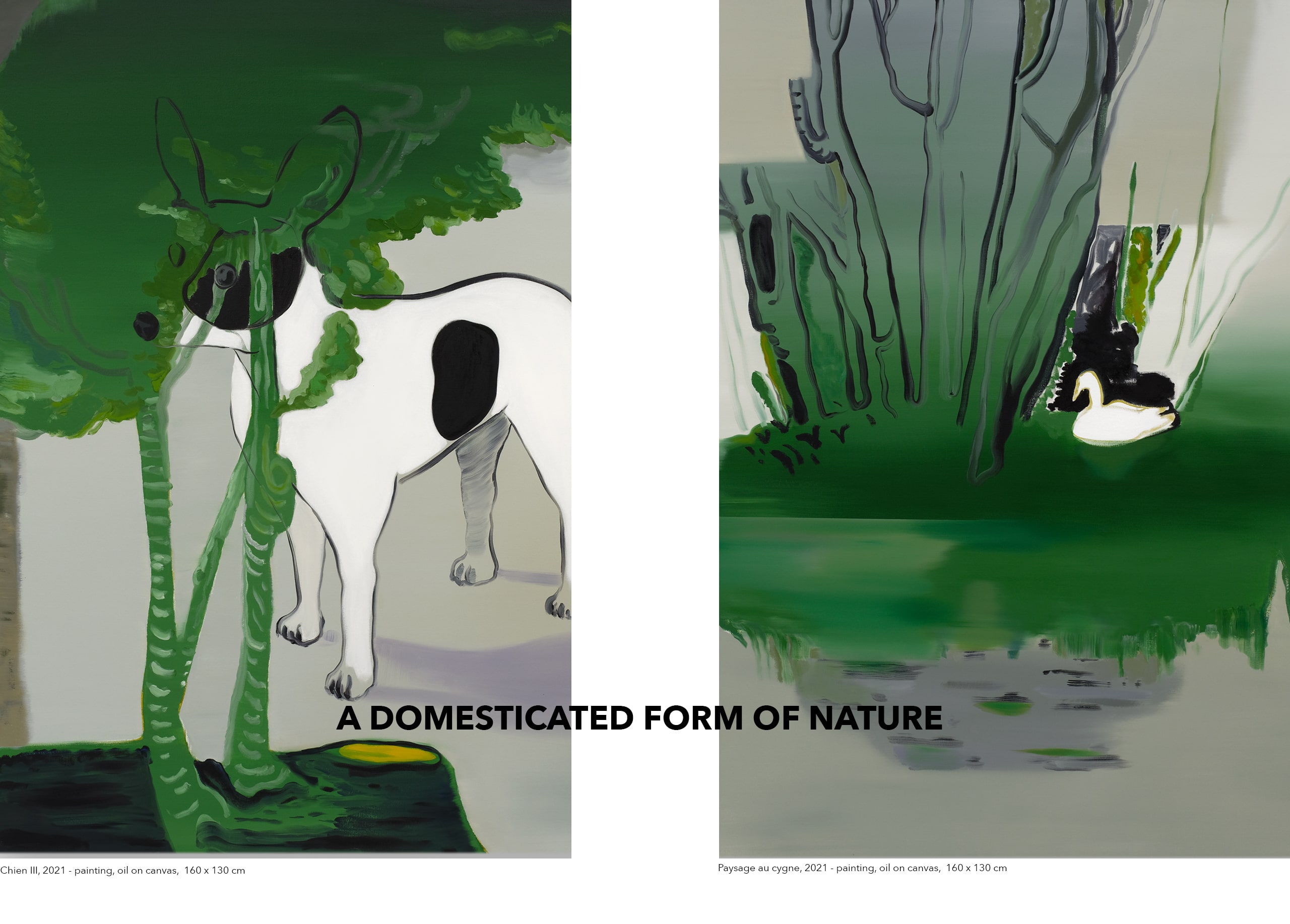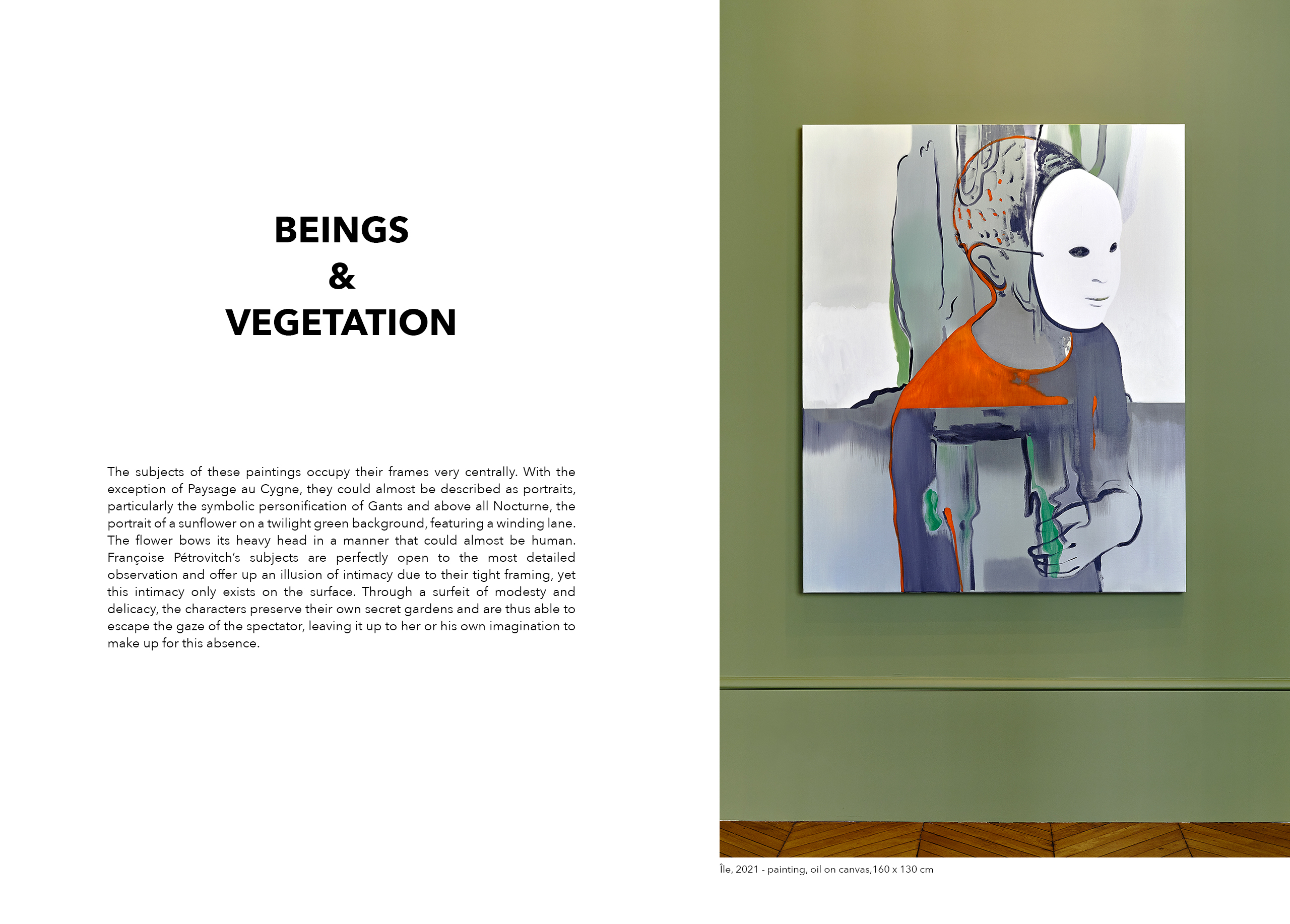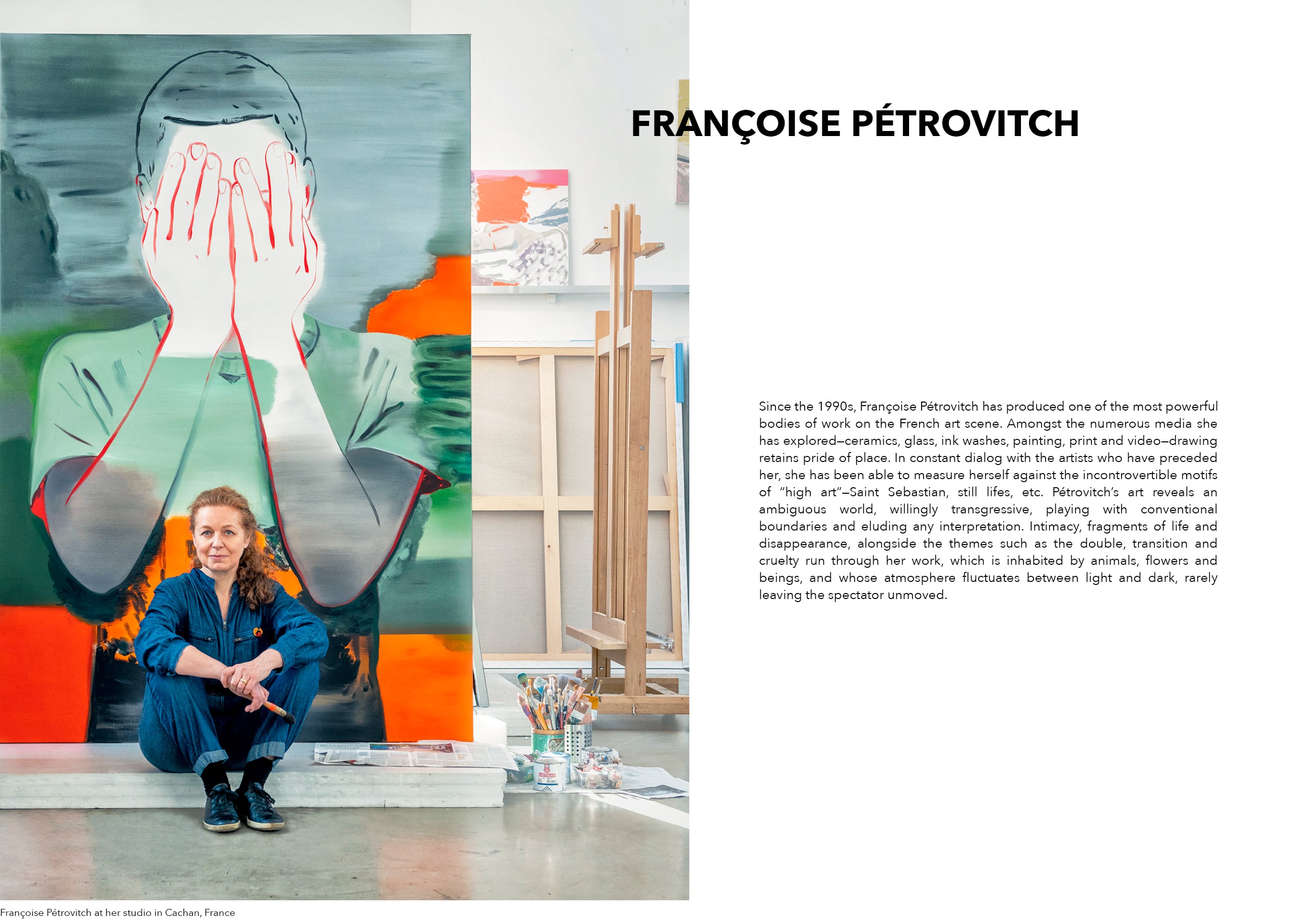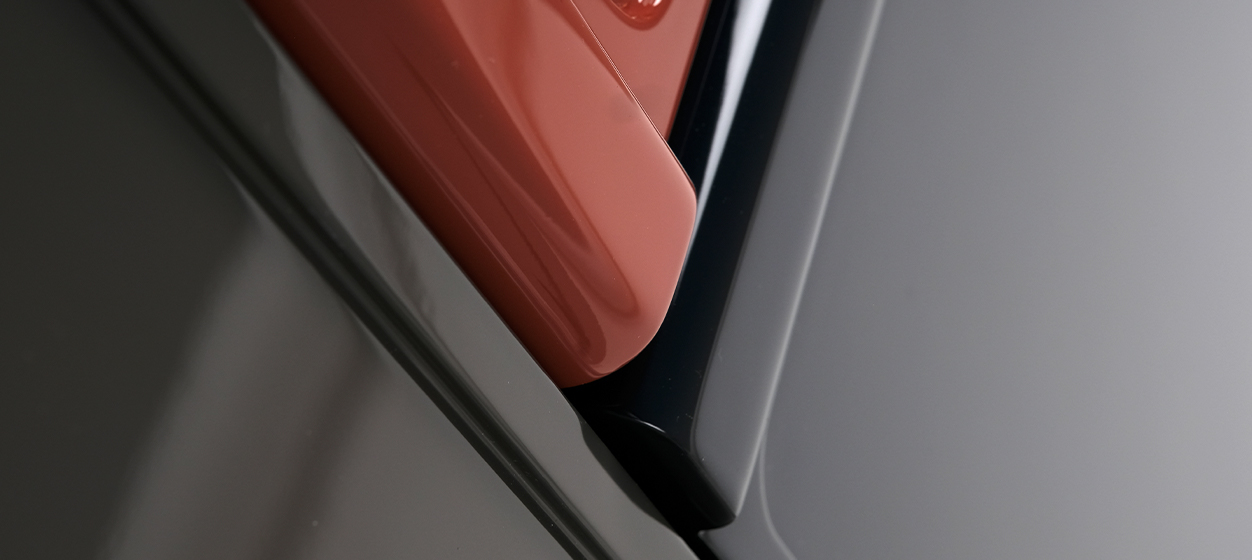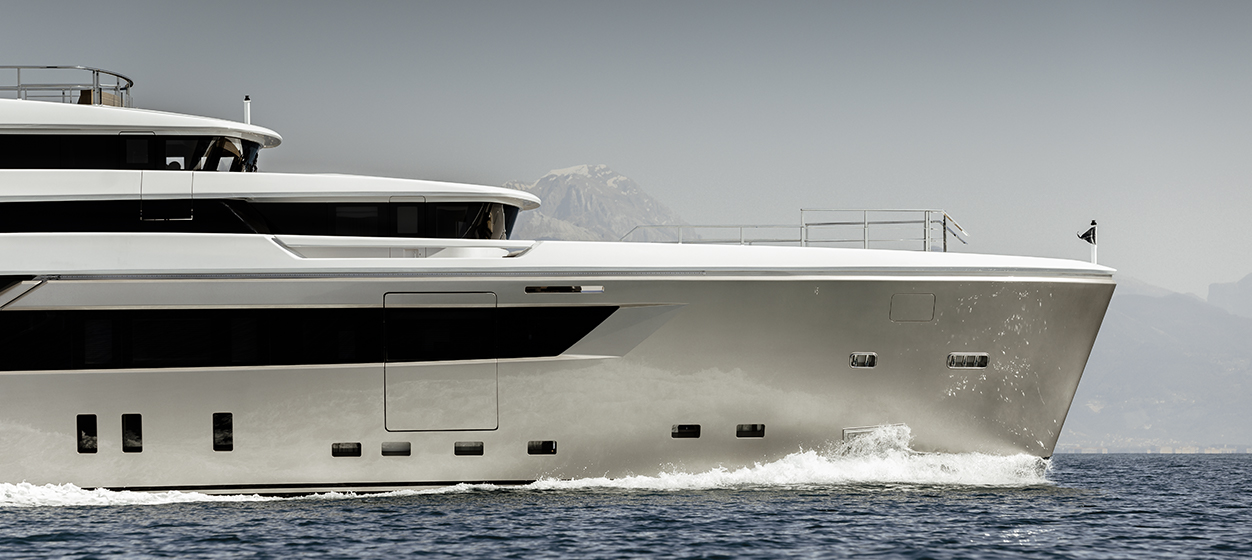Françoise Pétrovitch, "Verdures"
On the top floor of the Liaigre showroom on the right bank of the Seine in Paris, the artist Françoise Pétrovitch presents a selection of recent canvases created especially for the venue. The exhibition space, laid out like the interior of a house rather than the usual “white cube”, allows the spectator an unusually close-up view of the paintings.
Courtesy: Semiose gallery, Paris
Photos: A. Mole, H. Plumet
Text: Laetitia Chauvin
On the top floor of the Liaigre showroom on the right bank of the Seine in Paris, the artist Françoise Pétrovitch presents a selection of recent canvases created especially for the venue. The exhibition space, laid out like the interior of a house rather than the usual “white cube”, allows the spectator an unusually close-up view of the paintings.
Courtesy: Semiose gallery, Paris
Photos: A. Mole, H. Plumet
Text: Laetitia Chauvin
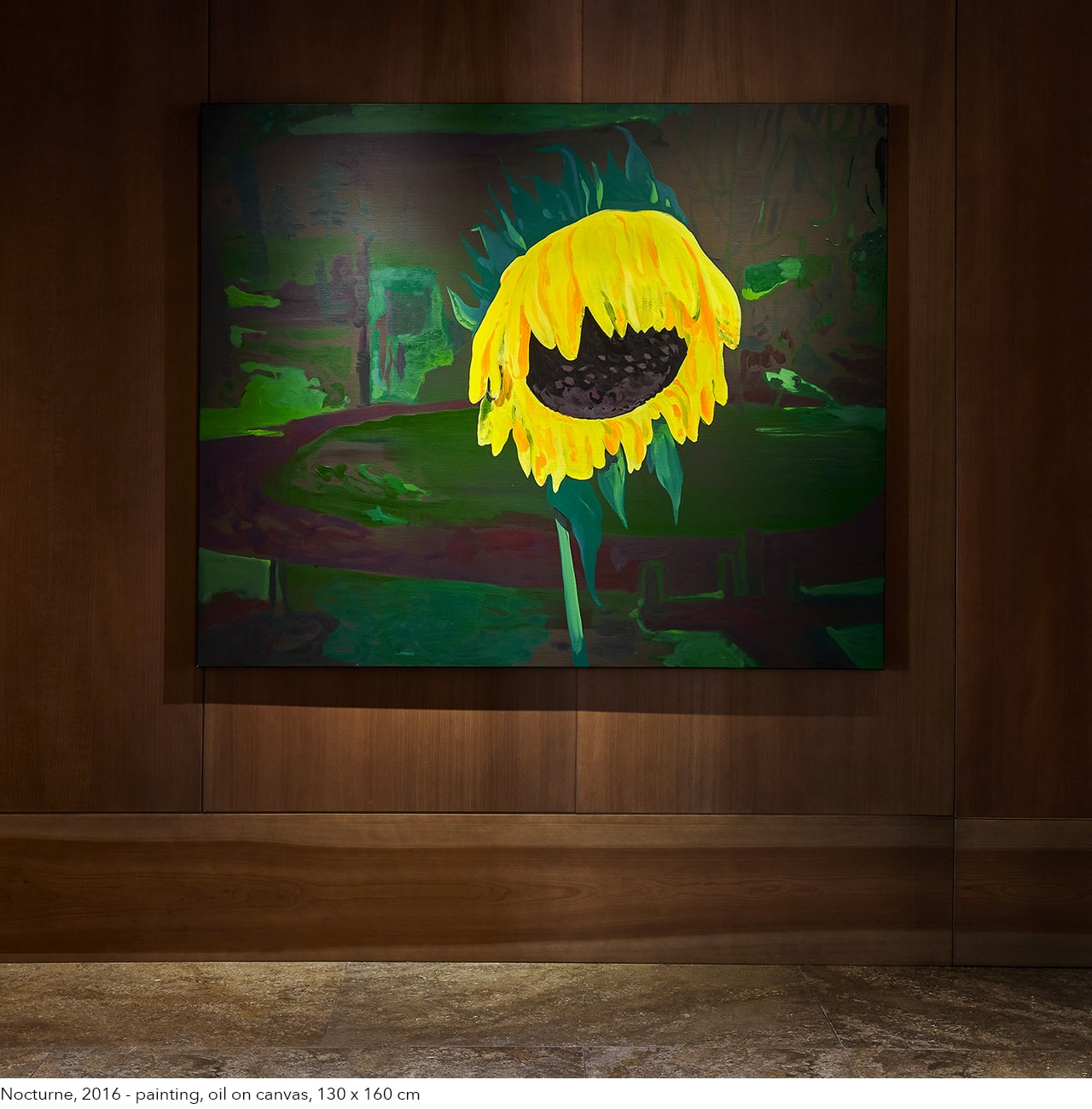
In the filtered light from the large bay windows of this former artist’s studio, both small and large format paintings are exhibited at eye level. The tight framing of the subjects highlights the central motif, the pretext for the painting, as well as the nodal point towards which all the forces, lines and swathes of color converge. The intimacy of the space is reflected by the intimacy of the subjects, which are at once reassuring, calm and silent, almost secret, as is emphasized by one of the paintings in which a girl closes the mouth of the boy facing her with her hand. Elsewhere dogs slumber peacefully at the foot of a bed or under a table.
The exhibition is entitled “Verdures” and the gathered works all have the color green in common, whether applied in discreet touches or vibrant flat tints. In the vocabulary of tapestry, “verdure” refers to wall hangings decorated in the main with vegetation—trees, flowers or leaves—and occasionally animals—of the everyday kind, exotic or even fantastic. Many of these tapestries were woven at Aubusson in central France and were prized throughout the Renaissance. They usually depict fantasy landscapes, where nature appears as a decorative garden, populated by docile and tamed animals. This domesticated form of nature is precisely that of Françoise Pétrovitch’s wooded groves and sleeping dogs.
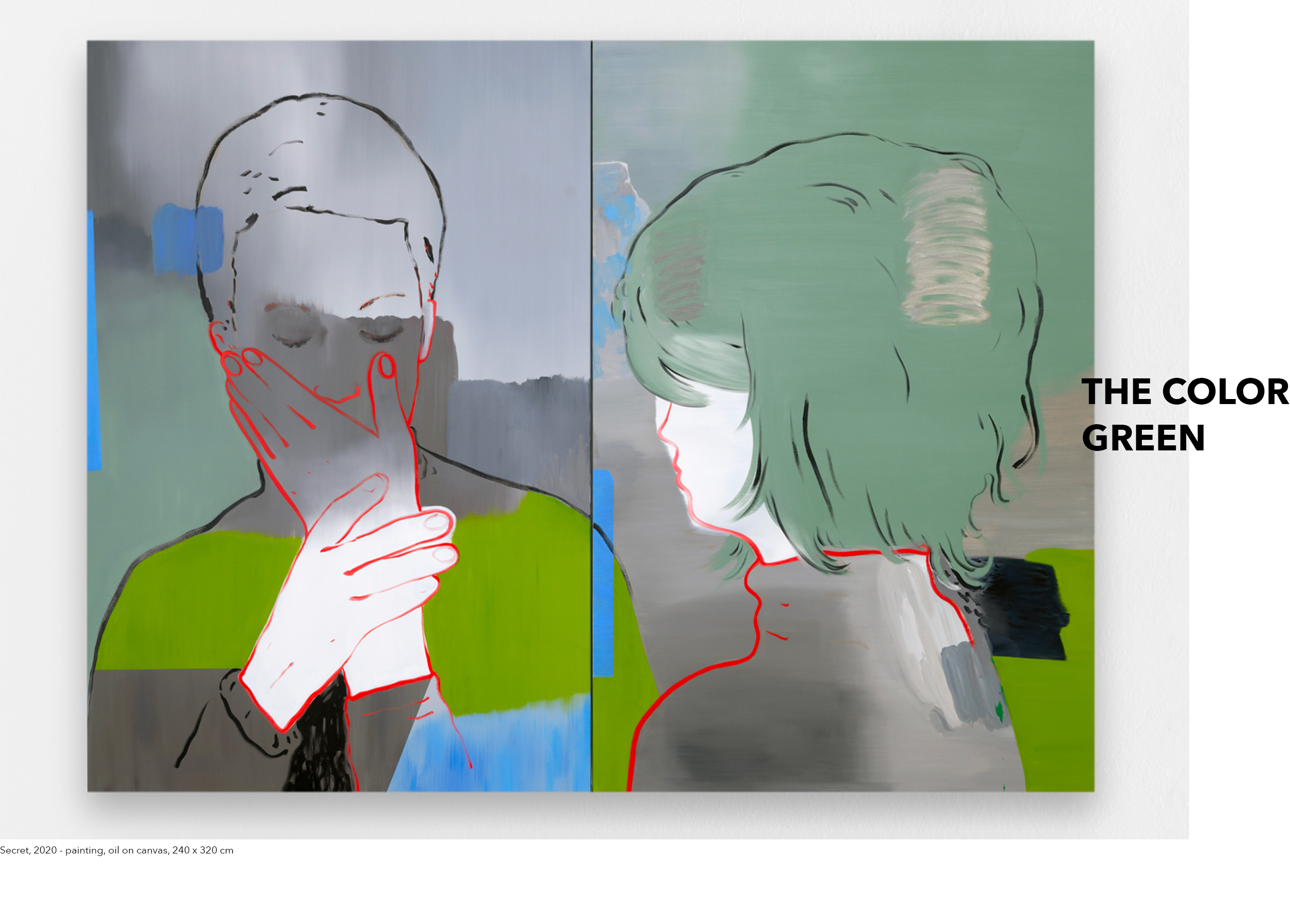
Symmetry—a token of elegance in the world of decoration and on the contrary a wellspring of the fantastic in fiction—plays its part in many of the exhibition’s paintings. The theme of the double often appears in Françoise Pétrovitch’s work—a simple pair of gloves or a ghostly reoccurrence in Les Gants, a projection or an echo in Île, a dreamlike reflection in Paysage au Cygne. It is wonderful resource in terms of composition, while also distilling a certain sense of doubt, acting like a magical mirror or a phantom shadow, producing a stutter in time or distorting appearances. The reproduction of reality is not Pétrovitch’s goal as she prefers to highlight the effects of painting, such as the dilution of the motifs in Paysage au Cygne, Île or Dog 3, where the seemingly liquid landscapes appear to melt around the protagonists. Throughout this exhibition, we rediscover Françoise Pétrovitch’s acute sense of color,
her characteristic use of acidic tones, daring color combinations, in-between hues that are difficult to classify and the distinctive way she employs red as punctuation or an outline, a trait that has become a signature of her oeuvre. The paintings explore a broad spectrum of light from the brightest radiance to the darkest gloom, employing visual oxymorons to enhance these effects—somber lighting and bright shadows—with enchanting mystery. Françoise Pétrovitch’s oeuvre as a whole has created a universe of its own, shifting as if to the rhythm of the seasons and the days from summer to winter and from night to morning. It is populated by both beings and vegetation with adolescents, birds and flowers sharing the same state of transition and ethereal existence.
